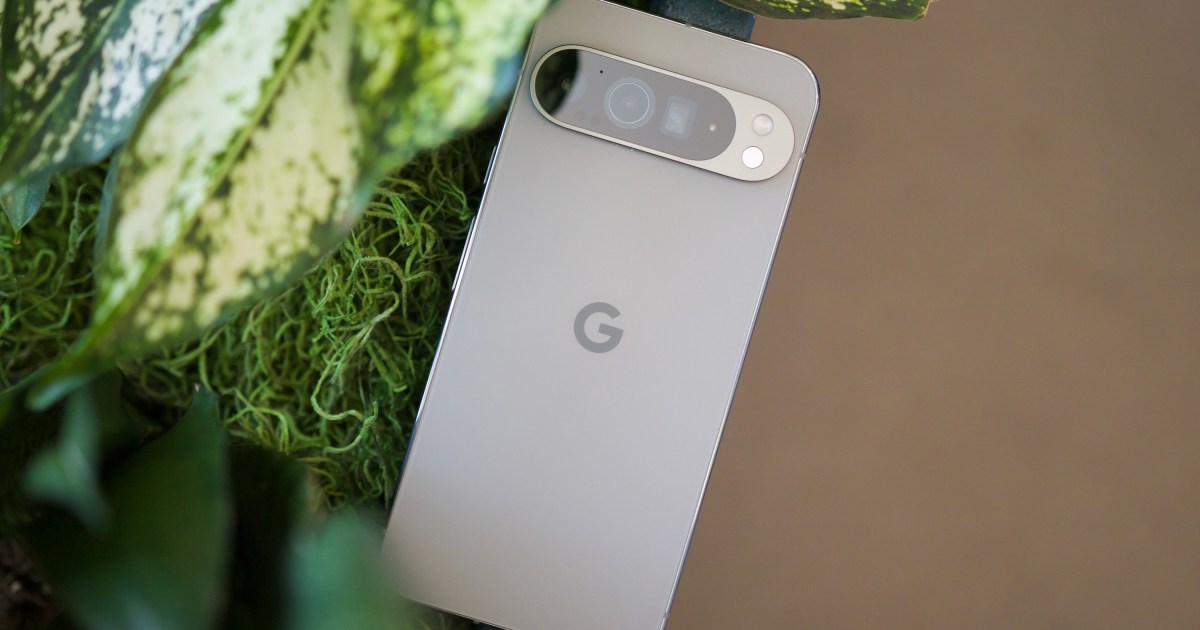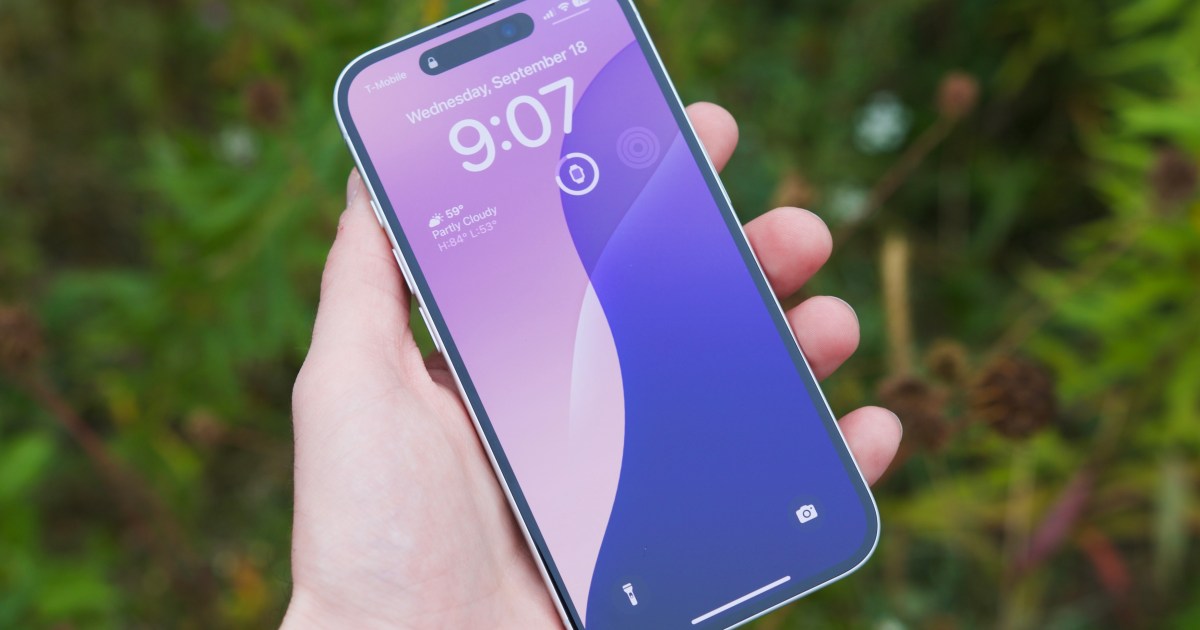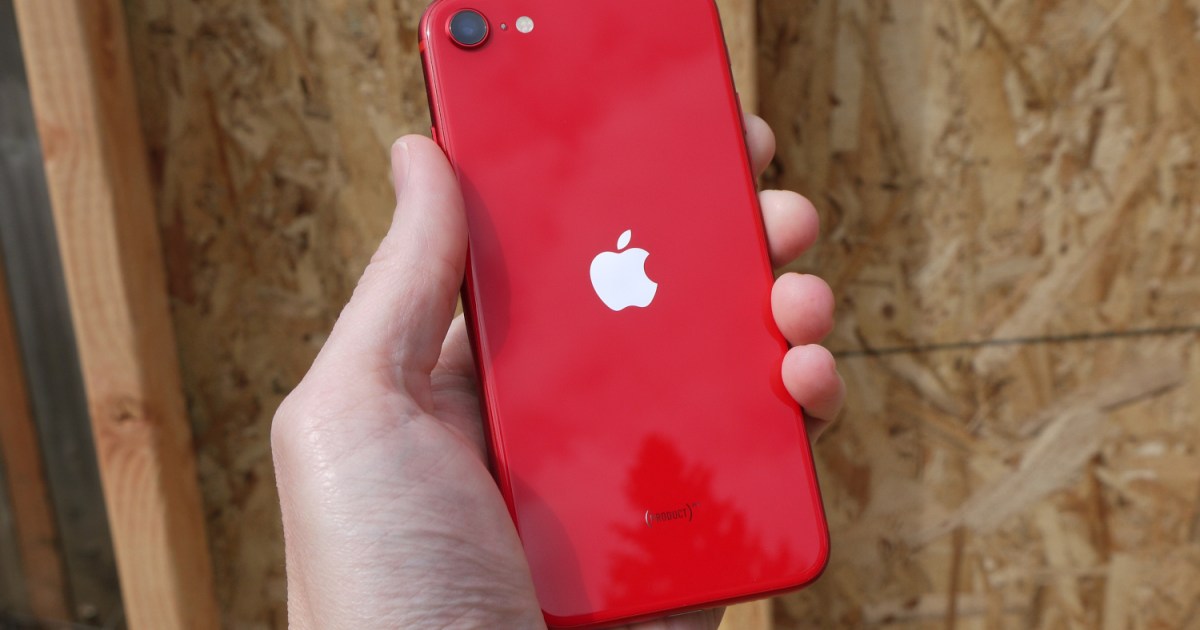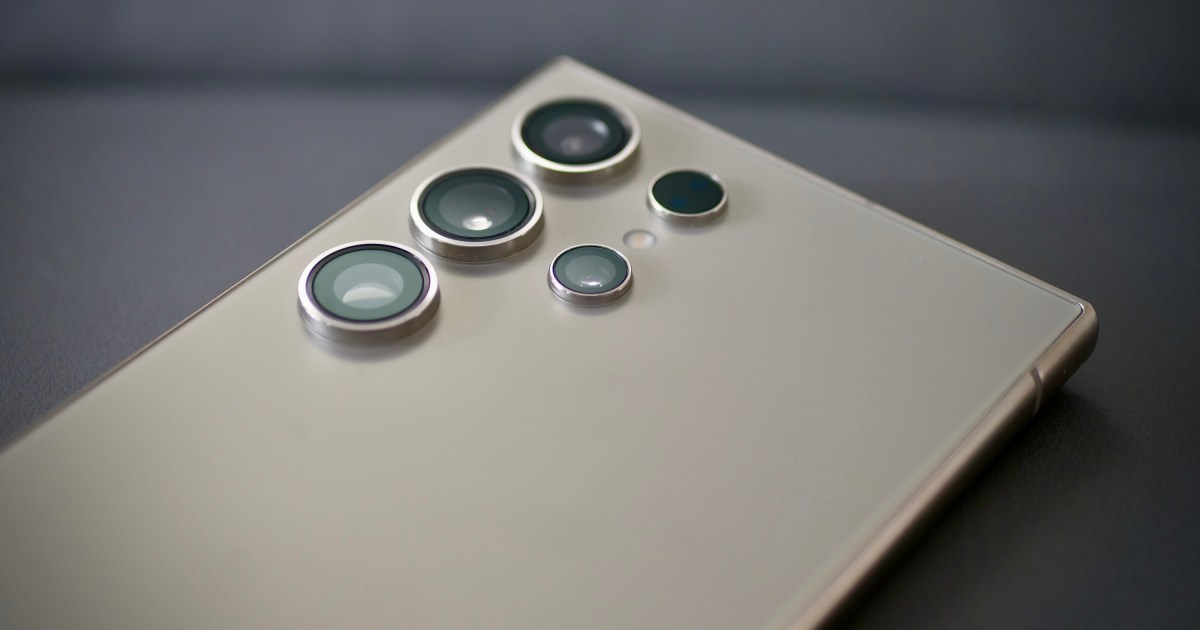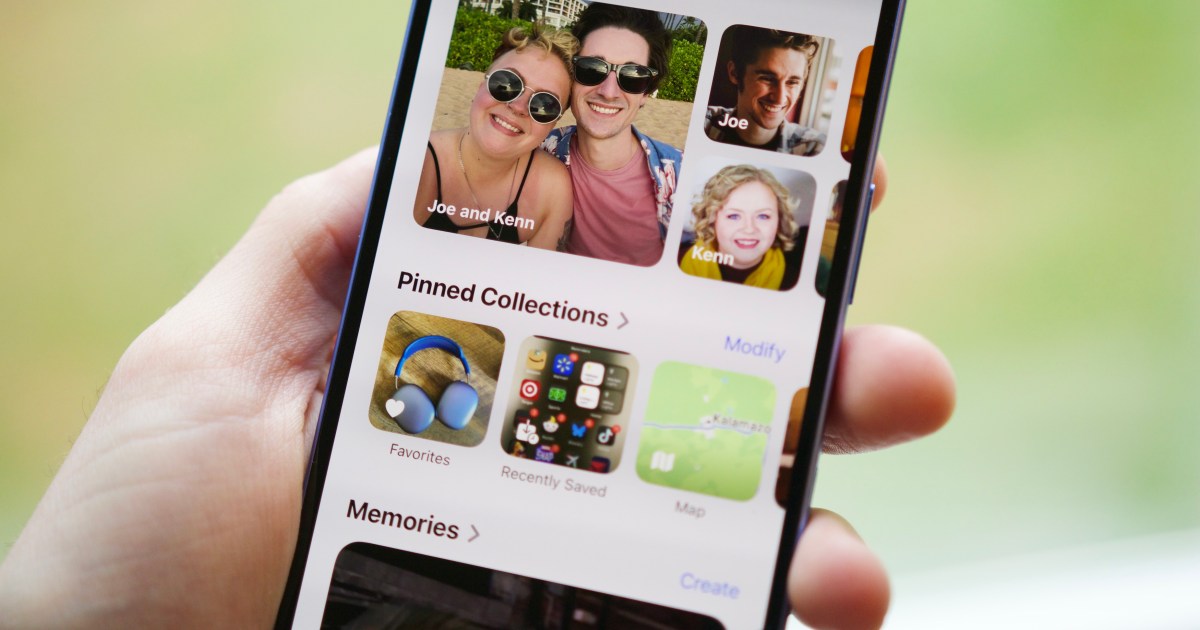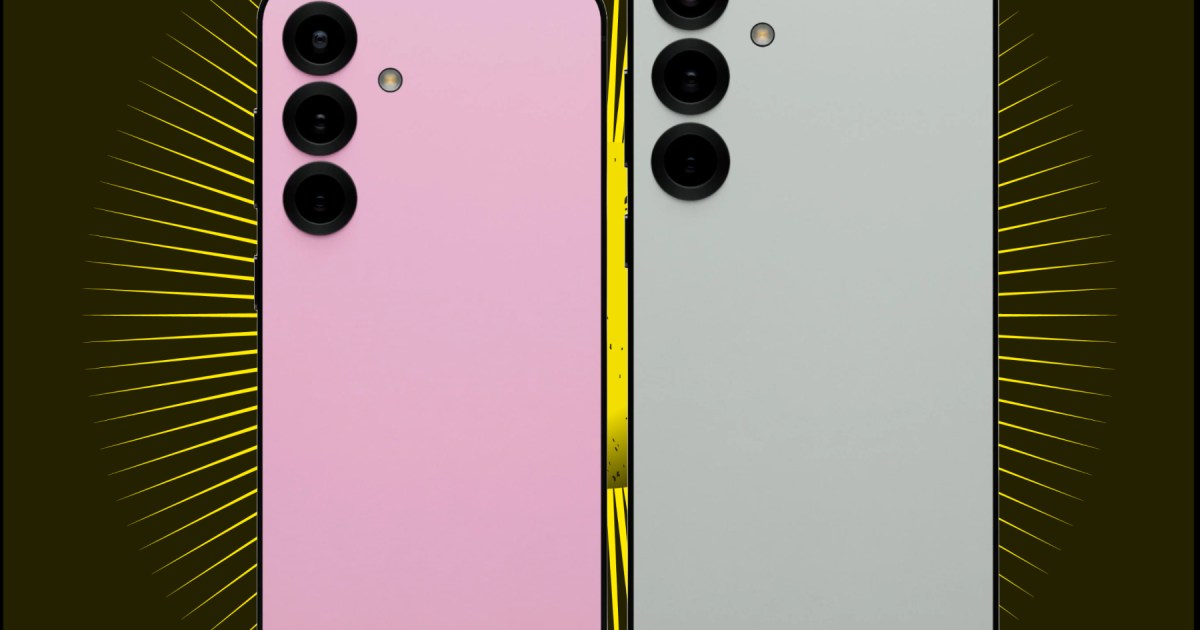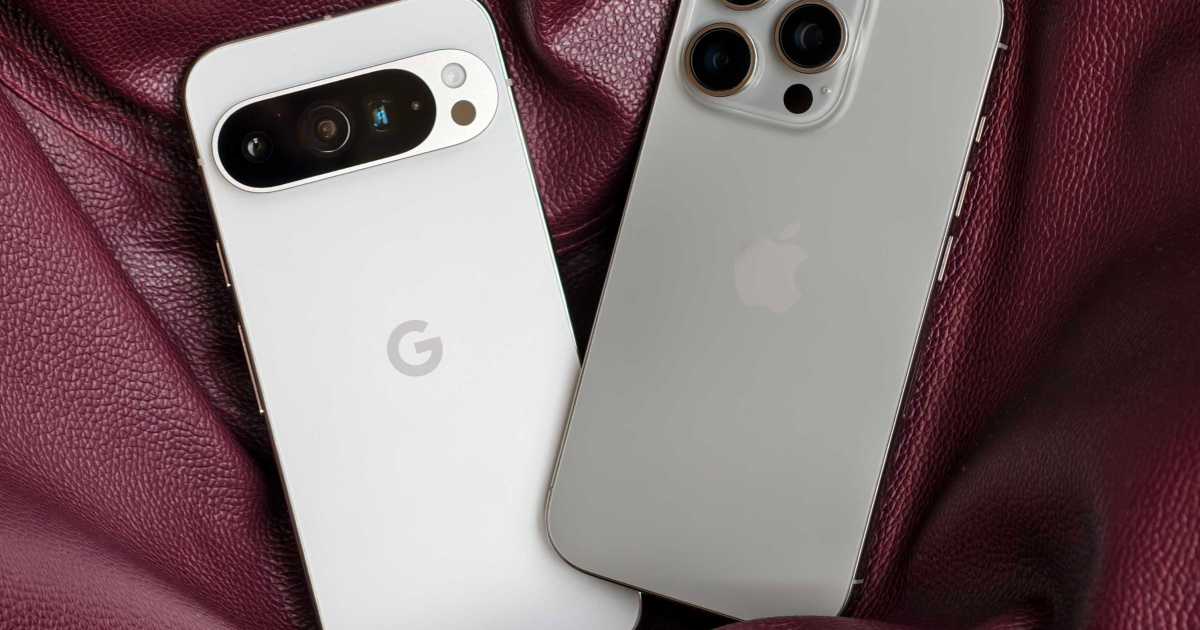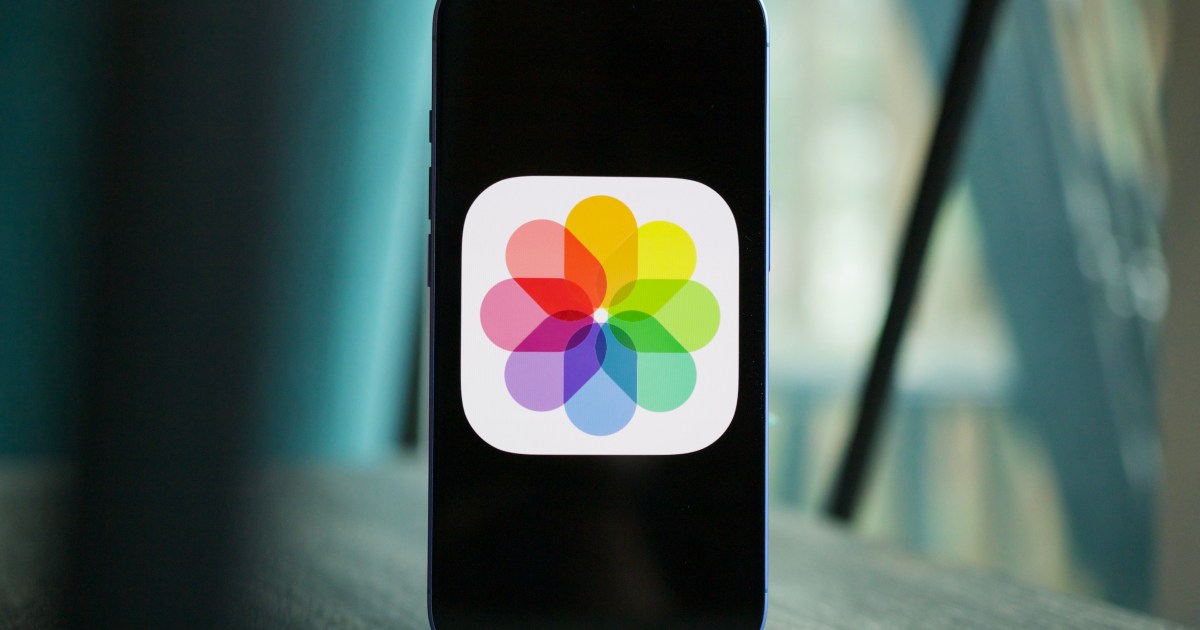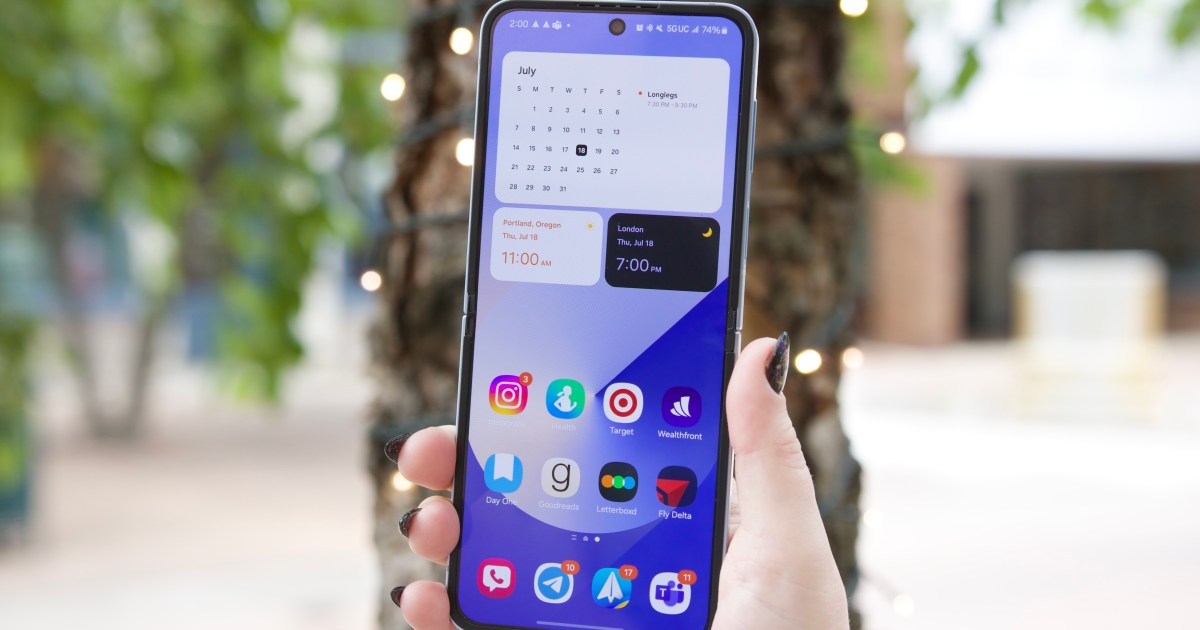When discussing smartphones, it’s easy to crown Samsung as the king, purely based on its market dominance. However, a closer look reveals a competitive landscape bubbling beneath the surface. Samsung’s innovation has plateaued, failing to significantly widen its lead, leaving the door ajar for challengers. Google is poised to be that challenger. While other phones excel in specific areas, Google is uniquely positioned to rival Samsung across the board. Samsung’s success stems from its vast marketing reach, and Google is the only company with the resources to compete on that scale.
The Pixel 9 series, particularly the Pro, represents a significant leap forward for Google. It’s a device that could easily become a primary Android phone without sacrificing much. However, a great product alone isn’t enough to topple giants like Samsung and Apple. To solidify its position as a dominant force, Google needs to implement a few key strategies. Here’s how Google can finally take the fight to Samsung in the mobile market next year.
Introduce a Google Pixel Ultra
![]() The Google Pixel 9 Pro Fold next to the Samsung Galaxy Z Fold 6.The Google Pixel 9 Pro Fold (right) next to the Samsung Galaxy Z Fold 6.
The Google Pixel 9 Pro Fold next to the Samsung Galaxy Z Fold 6.The Google Pixel 9 Pro Fold (right) next to the Samsung Galaxy Z Fold 6.
Google needs a Pixel 10 Ultra, or at least a more significantly differentiated Pixel 10 Pro XL. While the Pixel 9 Pro’s camera performs admirably at shorter zoom ranges, it falls short of Samsung’s Ultra with its dedicated telephoto lens. A Pixel Ultra needs more than just an extra lens. Too many manufacturers slap the “Ultra” label on a phone with a minor camera upgrade. Samsung’s Ultra differentiates itself with the S Pen, a larger display, and a more premium overall experience. Google needs to match that level of differentiation.
![]() The Google Pixel 9 Pro and Google Pixel Buds Pro 2.The Google Pixel 9 Pro alongside the Google Pixel Buds Pro 2.
The Google Pixel 9 Pro and Google Pixel Buds Pro 2.The Google Pixel 9 Pro alongside the Google Pixel Buds Pro 2.
The ideal Pixel Ultra would build upon the Pixel 9 Pro’s foundation with a more powerful processor, an additional telephoto lens, and improved battery life. Stylus support would be a welcome addition, although unlikely. Google has finally found a winning formula with the Pixel, converting even its harshest critics. The Pixel Ultra is the missing piece of the puzzle.
To truly challenge Samsung, Google must compete at every level. The rumored Pixel 9a targets the Galaxy A series, while the Pixel 9 Pro and 9 Pro XL compete with the Galaxy S24 and S24 Plus, respectively. The Pixel 9 Pro Fold demonstrates Google’s ability to surpass the Galaxy Z Fold 6. The next step is entering the ultra-premium segment against the rumored Galaxy S25 Ultra. Beyond the Ultra, a Google foray into the flip phone market is also desirable, adding a much-needed third competitor to challenge the Moto Razr Plus.
Double Down on the “Made by Google” Brand
![]() Made by Google balloons for event.Made by Google branded balloons at a product launch event.
Made by Google balloons for event.Made by Google branded balloons at a product launch event.
A phone’s market viability is often reflected in its recognition among everyday consumers. While the tech community may be abuzz, Samsung’s success lies in its mainstream appeal. It took over a decade, but Samsung launches generated (and arguably still do) a similar level of excitement as Apple.
Google is starting to achieve this. The Pixel 9 launch marked a turning point, generating unprecedented interest. The positive reception of the Pixel 9 Pro XL and Pixel 9 Pro Fold further amplified this momentum. Increased marketing spend contributed to this shift. While still dwarfed by Samsung and Apple, the Pixel 9 series enjoyed more visibility than previous generations. Google needs to continue this investment to rival Samsung’s marketing dominance.
Strengthen Carrier Relationships
![]() Phones from three carriers rest on a marble slab.Smartphones from three different carriers displayed on a marble surface.
Phones from three carriers rest on a marble slab.Smartphones from three different carriers displayed on a marble surface.
Carrier partnerships are arguably Google’s biggest hurdle. Apple mastered this early on, securing exclusivity with AT&T in the U.S. and O2 in the U.K. These deals established the iPhone’s premium status and shaped consumer buying habits that persist today.
Navigating the carrier landscape is complex. Each carrier has its own set of certification requirements and regulations. Samsung, like Apple, has demonstrated the importance of strong carrier relationships, a lesson Google needs to heed. While the Pixel 9 series is available across all three major carriers, AT&T initially opted not to stock the Pixel 9 Pro Fold. Shipping delays due to inventory shortages also indicate ongoing logistical challenges for Google.
Samsung has a relatively reliable track record for meeting release dates (though Apple still holds the edge), while Google’s launches tend to be more unpredictable. Delayed deliveries, a common occurrence, can quickly dampen consumer enthusiasm, especially when coupled with limited carrier availability.
Make Gemini More Personally Relevant
![]() Gemini Advanced on the Google Pixel 9 Pro Fold.Gemini Advanced on the Google Pixel 9 Pro Fold.
Gemini Advanced on the Google Pixel 9 Pro Fold.Gemini Advanced on the Google Pixel 9 Pro Fold.
Gemini and its Android integration were central to the Pixel 9 launch. Like every 2024 phone release, AI was the dominant theme. Bundling a year of the Google One AI package (a $20/month value) positioned the Pixel 9 series as the “Gemini phone.”
This strategy mirrored Apple’s approach with the iPhone 16, the “first phone made for Apple Intelligence.” However, the comparison isn’t entirely favorable for Google. While Gemini is impressive, its impact on daily life hasn’t been as profound as Apple Intelligence features like AI-powered Notification Summaries.
![]() Summarized notifications on Apple iPad mini with A17 Pro.Summarized notifications displayed on an Apple iPad mini with the A17 Pro chip.
Summarized notifications on Apple iPad mini with A17 Pro.Summarized notifications displayed on an Apple iPad mini with the A17 Pro chip.
While Apple opted for a staggered rollout of Apple Intelligence, Google focused on immediately available features. Future Google I/O events and Pixel launches should emphasize Gemini’s practical applications rather than just its generative AI capabilities. Deeper app integration is one area for improvement. Gemini currently functions as an overlay requiring manual activation, whereas Apple Intelligence seamlessly accesses information across the entire app ecosystem. Google has the resources and expertise to transform Gemini into an indispensable Android feature.
The Spotlight is on Mountain View in 2025
![]() Rose Quartz Pixel 9 Pro in front of a Christmas tree.The Rose Quartz Pixel 9 Pro displayed in front of a Christmas tree.
Rose Quartz Pixel 9 Pro in front of a Christmas tree.The Rose Quartz Pixel 9 Pro displayed in front of a Christmas tree.
The Pixel 9 Pro is a testament to Google’s progress, exceeding expectations and establishing Google as a strong contender in the mobile market. The key question is whether Google can maintain this momentum in 2025. The upcoming Pixel 10 series launch, despite being only nine years after the original Pixel, carries a sense of significance. Expanding the Pixel lineup, forging stronger carrier partnerships, and refining Gemini are crucial steps towards making the next Pixel series a true game-changer.



